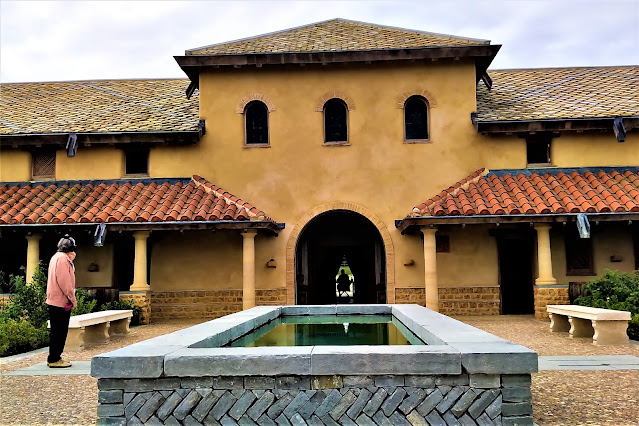Osborne House, Isle of Wight, England
Introduction
This evening, I am reporting on the former royal residence of Osborne House, near Cowes on the Isle of Wight.
Information on Osborne House
This property was owned and used by Queen Victoria and her family as a private residence for more than 50 years. Readers will be aware that during most of the the period of her occupancy, Victoria was, arguably, the richest and most powerful person in world. She died in 1901 with the House opening to the public in 1904.
The building is of Italianate design. It was completed in 1851 by the building contractor Thomas Cubitt of London.
As will be evident from the portfolio of images herein, the internal furnishings reflect the tastes of the Victorian era.
The Durbar Room laid out for a banquet
Queen Victoria
Quality and variety of internal decor
Queen Victoria's Bedroom. She died in this room on Jan 22nd, 1901.
View from Prince Albert's room
The allegorical fresco Neptune Resigning the Empire of the Seas to Britannia demonstrating Britain's supremacy as a world power.
Billiard Room
Illustration of high quality plaster moulding on ceiling.
Room with view
Classical Statue
View towards Cowes and mainland
Portrait of Sarah (Aina) Forbes Bonetta Davies (1843-1880).Brought to England as diplomatic gift in 1850 from Benin by the Royal Navy in context of a mission to suppress the slave trade. Sarah was taken to Windsor Castle and became Queen Victoria's protege.She died of tuberculosis in 1880.
Magnificent trees in garden
The cork oak tree is a unique evergreen tree primarily found in the Mediterranean region. it is renowned for its thick, 'corky' bark that is harvested for various uses including wine stoppers.
Overall, Osborne House is an excellent site which-inter alia- provides a superb insight into the Victorian era.
Other interesting visitor sites on the Isle of Wight include:
















Comments
Post a Comment